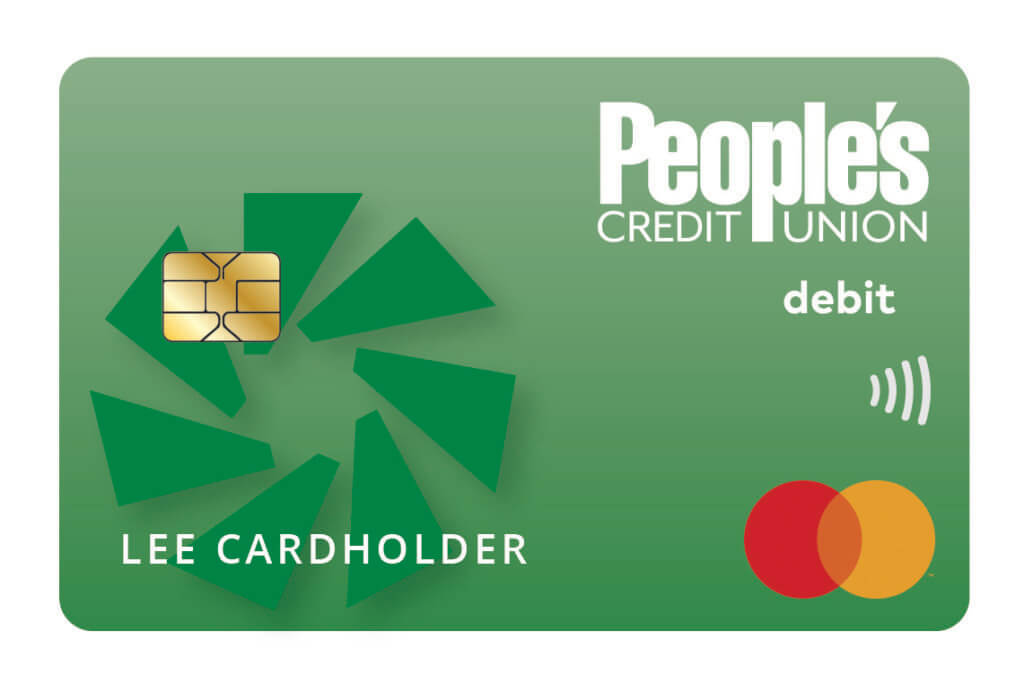When a scammer targets your bank account, you could be at risk of losing your entire savings.
Technology has helped make many aspects of life more convenient — including banking. Financial institutions use email, phone calls, and text messages to keep us informed and in control of our accounts.
Unfortunately, as banking has become more automated, many tech-savvy bank imposters are using those same methods to try to steal your money, your data, or both. In this article, we’ll look at some common bank imposter scams, red flags to watch out for, and ways to stay safe.
Here are four ways that a criminal posing as your financial institution may try to scam you into getting you to share your banking info.
- Phishing (Email)
This is one of the most common scams out there. In an email phishing scam, a scammer will send you an email that may look a lot like communications from your financial institution. The email may have your institution’s logo and a domain name that looks legitimate at first – but might be just a letter or two off.
Phishing emails often use attention-getting subject lines to trick you into clicking on a link or opening an attachment. The message might say that they need to verify your personal information before they can send you a new debit or credit card, that there’s an issue with your account, or there’s an exciting new promotion they want you to know about.
A scammer might try to get you to reply to the email and provide your account number or other sensitive data. Or, they might provide a link to an official-looking web page to log in to your online banking – so they can steal your login credentials.
- Vishing (Phone)
In a vishing scam, a scammer will contact you by phone. Using easily available technology, criminals can show ANY name or phone number they want on YOUR caller ID, so you will be more likely to answer. Scammers can display your town or area code, or even the first few digits of your own phone number, to make it look like it’s really your financial institution that’s calling.
They might say they need your information or claim your account has been compromised and advise you to transfer your money into a new account – for “safekeeping.”
- Smishing (Short Message Service)
In a smishing scam, criminals will contact you by text message. Many financial institutions are now using text messages to send real-time alerts to their customers – but they will never ask you to provide personal information by text. - Snail Mail
While it’s not the most high-tech option, scammers can try to steal your information through fraudulent requests by snail mail. You might receive a fake check in the mail with a letter that asks you to deposit the check in your account and wire money to a third party. Don’t fall for it. The check will bounce, and you’ll be on the hook for the money you wired.
While many financial institutions protect customers against banking fraud, others might say the victim transferred the funds themselves, so they won’t accept liability for the loss. Before transferring money, always verify that the person you’re communicating with is legitimate.
How You Can Protect Yourself
Now that you know what to look for, how can you protect yourself from a bank imposter scam?
- If someone contacts you out of the blue, never share sensitive information such as your Social Security number, account number, PIN, password, or verification code. It’s only safe to provide details like these if you contact your financial institution yourself.
- Don’t reply, download attachments, click links, or log in to a linked website, which could be a dummy site designed to capture your online account information.
- Delete suspicious emails right away.
- Don’t be afraid to hang up the phone.
- Don’t automatically trust caller ID or official-looking emails.
- Hover your cursor over links or buttons before clicking. If the link destination doesn’t look right – don’t click.
- If you’re ever in doubt, contact your financial institution directly to verify a request or communication. Don’t use a phone number, address, or link you’ve been given – look it up yourself.
Scammers frequently update their methods, so it’s important to stay vigilant and practice caution if you receive a suspicious communication.
